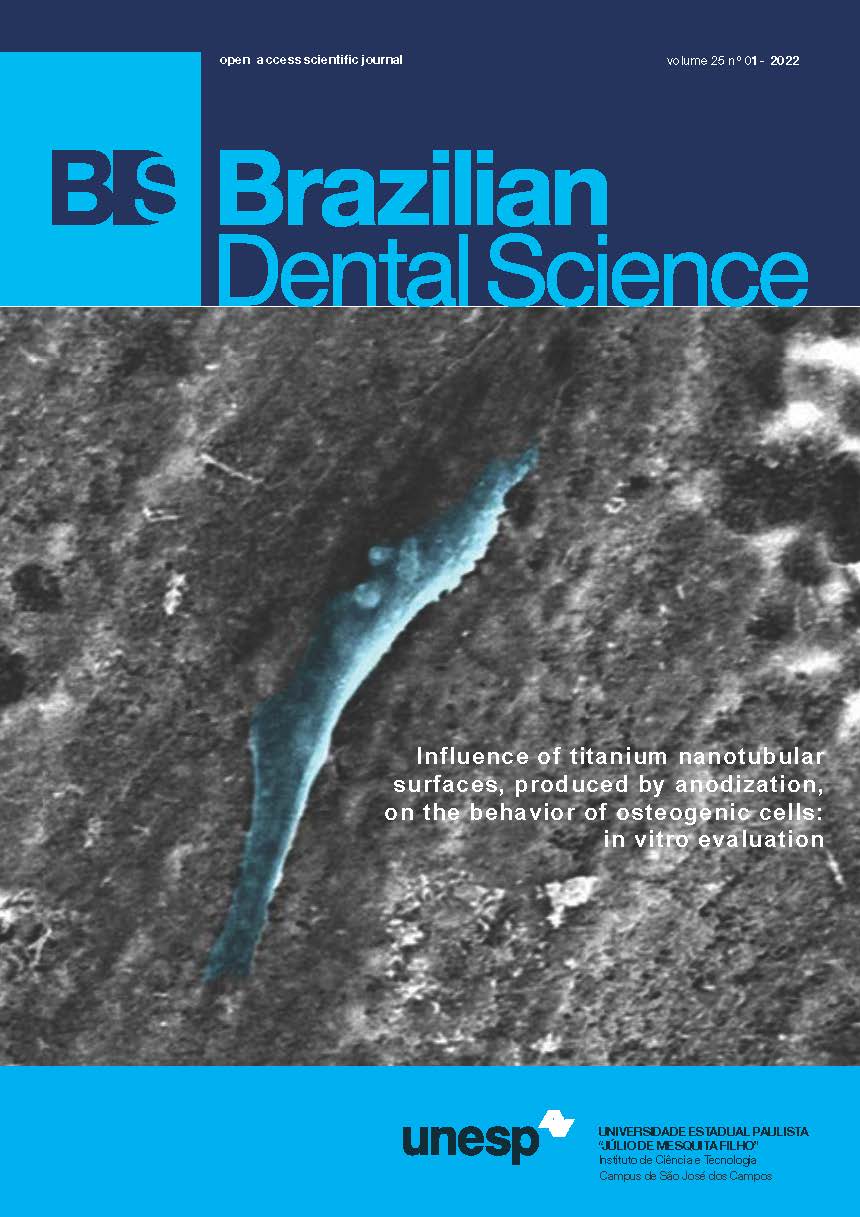Effectiveness of local and topical anesthesia during gingival retraction
Anesthesia during cord packing
Abstract
Objective: To compare the effectiveness of local and topical anesthesia during gingival retraction in prepared
abutment teeth. Material and Methods: 72 patients desiring full mouth rehabilitation or bilateral fixed partial
denture in the same arch were selected based on the inclusion criteria framed and were randomly allocated into
Groups A and B of 36 each. Patients in Group A received gingival retraction with topical anesthesia and Group
B received gingival retraction with infiltration anesthesia. All the patients were tested for pain, discomfort and
bleeding during gingival retraction. Results: There was no significant difference in pain, discomfort and gingival
bleeding (P >.05) during gingival retraction using topical and local anesthetic agents. Conclusion: Topical
anesthesia was equally effective as infiltration anesthesia in managing the pain, discomfort and bleeding during
gingival retraction by cord packing in prepared abutment teeth.
KEYWORDS
Gingival retraction techniques; Topical administration; Infiltration; Pain.
Downloads
Downloads
Published
Versions
- 2022-03-29 (2)
- 2022-03-14 (1)
How to Cite
Issue
Section
License
Brazilian Dental Science uses the Creative Commons (CC-BY 4.0) license, thus preserving the integrity of articles in an open access environment. The journal allows the author to retain publishing rights without restrictions.
=================
























